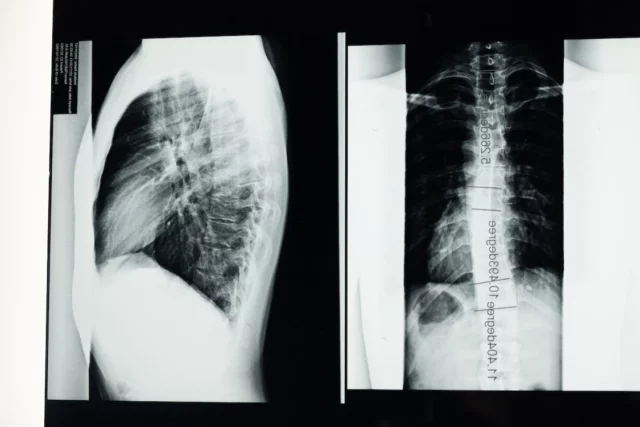
In 1989, the Texas Legislature adopted the Texas Worker’s Compensation Act. The Act made it a law for workers to be compensated fairly for injuries sustained while on the job.
The Act included other provisions:
- It established The Texas Workers’ Compensation Commission (TWCC) to run the system.
- It established a new benefits system.
- It raised basic benefit levels.
- It set strict deadlines for employers to follow (this helps speed up the delivery of benefits to recipients).
- It created a dispute resolution process that could be handled administratively.
- Set control limits on medical costs and attorneys fees.
- It consolidated different programs to incentivize employers to maintain a healthy and safe workplace.
Although the Texas Worker’s Compensation Act was a significant step towards better protecting workers’ rights, the administrative process proved too slow and inefficient. In 2005, the legislature passed House Bill 7 to reform the administration of the workers’ compensation system.
What Reform Changes Were Made to the Texas Workers’ Comp System in 2005?
Many changes were made in the 2005 workers’ compensation reforms:
- Dissolved the TWCC and replaced it with the Division of Workers’ Compensation (DWC) in the Texas Department of Insurance. The Governor would appoint a Commissioner of Workers’ Compensation who would be responsible for overseeing the DWC.
- It created the Office of Injured Employee Counsel (OIEC) that is responsible for representing injured workers “in rulemaking proceedings and (it) coordinates ombudsman assistance for injured workers in administrative dispute proceedings.”
- Finally, healthcare networks were developed.
The Law Offices of Aaron Allison – Austin Workers’ Compensation Attorney





